
The old headquarters of Hau Giang Provincial People's Committee is expected to be invited to become the base of a university - Photo: LE DAN
When a public office building no longer serves its original purpose, the idea of converting it into a school appears as a viable solution. This saves time in site clearance, reduces social costs and brings educational services closer to residents.
The conversion of public property from administrative headquarters to schools has a full legal basis. The Law on Management and Use of Public Property establishes the principle of prioritizing public interests, ensuring publicity and efficiency.
According to Decree 186/2025, converting the function of public assets is changing the purpose of using public assets, which must be consistent with the characteristics, nature of the assets and actual needs.
Decree 186 clearly stipulates the order of priority for handling surplus real estate and land: qualified real estate and land will be considered for allocation to agencies and units in need; the remaining land will be given priority for use in the fields of education, health , culture and public purposes in the locality. Thus, education is always in the top priority group when handling surplus public assets.
Of course, not every facility can be turned into a school with just one decision.
Schools have their own standards. High school design standards require reasonable usable area, classrooms with enough natural light, fire escape systems, trees, and safe setbacks.
These requirements help in screening from the beginning. Suitable campuses can start construction quickly. Campuses that need adjustment will know immediately what items need to be added.

The old administrative - political center of Ba Ria - Vung Tau province (Ba Ria ward, Ho Chi Minh City) is nearly 20 hectares wide, meeting the conditions of an educational environment - Photo: A LOC
The benefits of the functional conversion model are clearly shown in two points. The first is time. A public land plot already has access infrastructure, electricity and water networks, and is often located within the existing planning bundle. This helps shorten the preparation chain, from appraisal, design to groundbreaking.
The second is equitable access. When schools are close to home, students spend less time commuting and parents have less worry. Neighborhoods that were once hot spots for enrollment will cool down as classrooms are moved to where they are needed most.
How you do it determines success or failure. The starting point should be a concise but tight technical report. Is the land area clean? What is the expected construction density? How are the exits arranged? What is the traffic flow during rush hours? Where are trees and auxiliary works located to prevent flooding and reduce heat.
Each clear answer helps people visualize the future of their living place. Trust comes from that transparency. Once trusted, the community is willing to accompany, even contribute ideas and socialize some items such as open libraries or shared sports fields.
International experience suggests many practical lessons. In the UK, during the rapid expansion of autonomous schools, many temporary facilities were used before permanent locations were available. The lesson here is not to replicate the autonomy mechanism but to discipline quality during the transition period.
If it is necessary to use existing facilities, strict safety inspections must be carried out and a deadline set for moving to a standard facility as soon as conditions are met.
This allows for flexibility without loosening the grip on standards.
Vietnam can apply that spirit when transferring redundant headquarters. Any facility that meets the standards should become a permanent school. Any facility that only meets the standards should clearly state the time limit for upgrading and the roadmap for completion.
Japan shows a different approach. Aging society has forced many schools to close. The government has created a handbook for practical reuse of educational facilities, connecting the needs of community organizations, social enterprises and residents. What is useful for us is that they organize publicly, the criteria are clear, everyone knows why one place is chosen and another is not.
Some people worry about a conflict between the priority of education and the need to generate revenue from public assets. In fact, the two goals are not in conflict. When used properly, public assets generate sustainable public benefits.
A well-run school increases the quality of life, increases the value of the neighborhood, and reduces hidden social costs such as traffic jams during pick-up and drop-off times. The budget is not lost but is replenished in other ways. The benefits are calculated over the life cycle of the project. Each generation of students completes a cycle of benefits.
From a legal perspective, the current mechanism is sufficient as long as the determination is strong enough. The policy of arranging public assets allows for the selection of the optimal solution. Urban planning and educational planning are two goals that must match.
People do not have high expectations. They want their children to have a good school, close to home, in a safe environment. The government wants to manage effectively, openly, and in accordance with the law. Businesses want to participate in useful projects with clear mechanisms.
These three desires converge. Converting surplus headquarters into schools is where this happens. Start with existing, qualified campuses. Publish the roadmap in plain language. Let the first school bell ring within the promised timeframe. When that happens, we will see that a good decision can create many layers of value beyond what the numbers suggest.
The proposal to convert the old 3.2-hectare headquarters in Thoi An ward in Ho Chi Minh City into an inter-level school is a way to benefit the people, properly use public assets, and promptly relieve the thirst for schools in areas with rapidly increasing population.
This is a testament to the flexible but legal application, turning surplus into sufficient, turning assets waiting into resources to serve the people. If done well, this will be a model worth learning and replicating for localities.
Source: https://tuoitre.vn/khi-tru-so-thua-tro-thanh-truong-hoc-20251104233652318.htm





![[Photo] Prime Minister Pham Minh Chinh receives Lao Minister of Labor and Welfare Phosay Sayasone](https://vphoto.vietnam.vn/thumb/1200x675/vietnam/resource/IMAGE/2025/11/11/1762872028311_dsc-2246-jpg.webp)


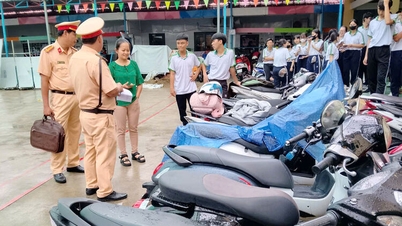

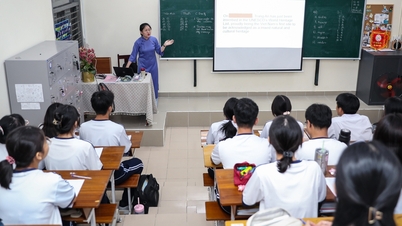














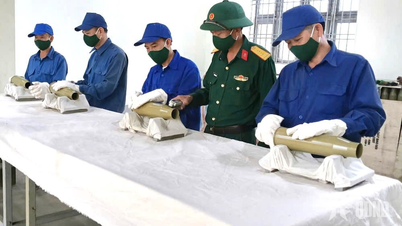
































































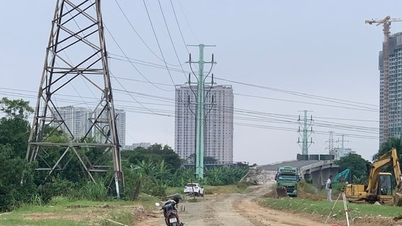




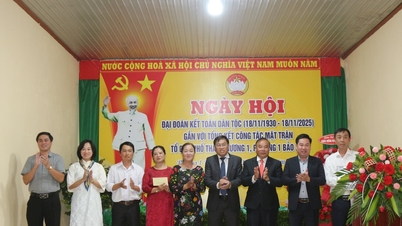
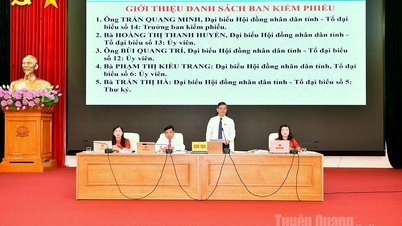








![Dong Nai OCOP transition: [Article 3] Linking tourism with OCOP product consumption](https://vphoto.vietnam.vn/thumb/402x226/vietnam/resource/IMAGE/2025/11/10/1762739199309_1324-2740-7_n-162543_981.jpeg)




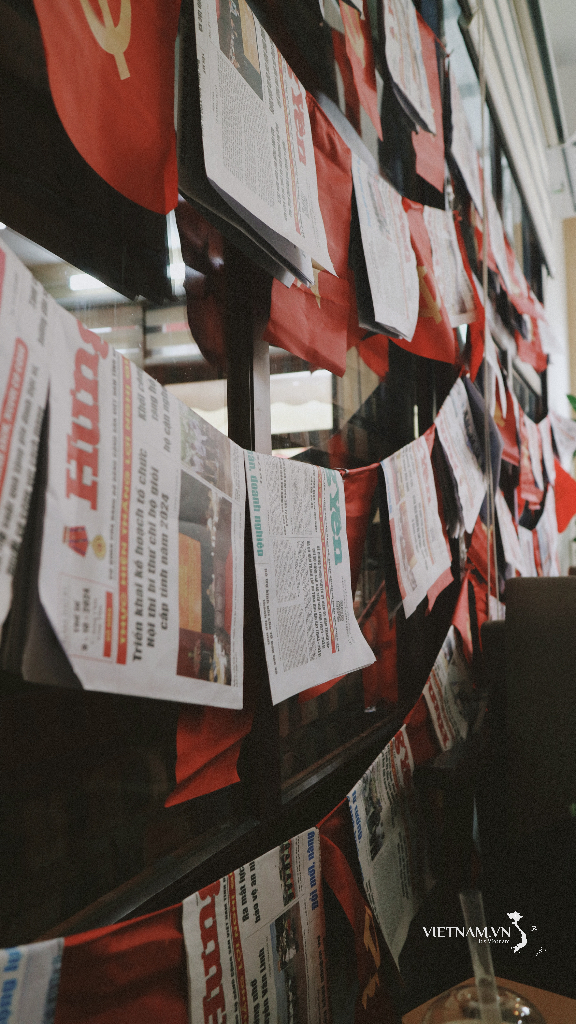



Comment (0)